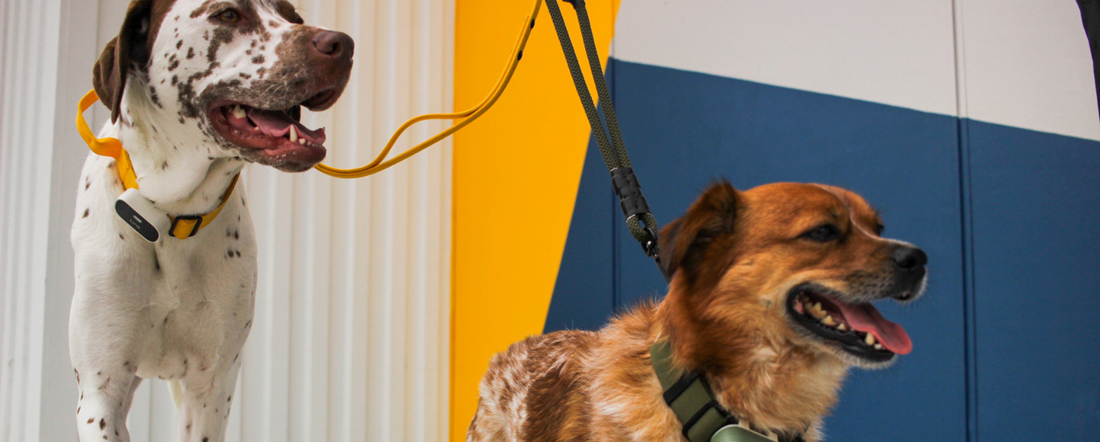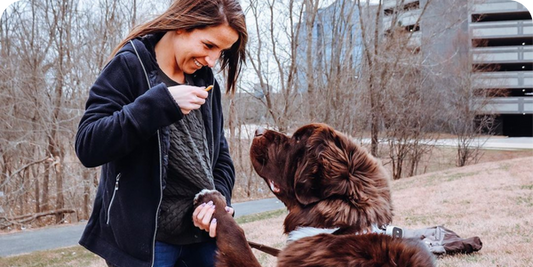There are many reasons why dogs bark. It can be a greeting, a sign of affection, a warning, a cry of distress, and more. But lately, your dog has been barking constantly. You're getting worried, and the neighbors are complaining. How can you find the root cause of his barking, and what can you do to curb it? Here's what you need to know.
Why Your Dog Barks
If the neighbors complain that your dog is barking while you're at work, he's probably bored. When dogs sit at home alone, with no stimulation, they get lonely. They bark for something to do, and because they're sad you're not around.
If he barks excessively when you are around, he likely wants attention. He wants you to take him outside for a walk, or play with him, or cuddle with him, or give him a treat. Does he stand by the door while he barks? Does he stand as close to you as possible? Where he barks will provide clues to what he wants.
By the same token, if he's looking out the window when he barks, he probably sees a squirrel, a cat, another dog, or something else he perceives as a threat. This is also why he barks when he hears someone at the door. Someone is encroaching into his territory, and he wants to defend it - and protect you!
Curbing Your Dog's Barking
Now that you have a better understanding of why your dog is barking, you can take steps to correct his behavior. If he's barking in response to a specific stimulus, the best approach is to remove it. Draw the shades so he can't see the squirrel out the window. You should also try increasing his socialization. Have him spend more time around other dogs and other people, so he can get used to them and see that they aren't a threat.
If your dog is barking to get attention, then the way to stop him is by simply not giving him any. He's figured out that if he barks at you, you'll do what he wants. So unless he's actively in distress, don't respond when your dog barks. Instead, reward him for using other means to communicate what he wants. For instance, train him to ring a bell when he wants to go out, or to bring you his leash. If he wants to play, have him bring you the toy he wants to play with.
Finally, if your dog is lonely, then you need to give him something to do while you're gone. There are plenty of dog toys and puzzles that you can leave him with, which will stimulate him and keep him from being sad. You might also consider getting him a friend. Another dog could help keep him company in your absence.
No matter the reason for the barking, the Link training tones and vibrations can help you correct the barking habit in the moment. Link offers multiple tone options – a happy tone and a clicker tone for dogs who were clicker trained. The tones are designed to be used as positive reinforcement and recall. By training your pup to associate the tone with a treat, you can begin to train them to respond to the sound of the tone. The vibration is designed to be used as a corrective tool. Think of the vibration as a substitute for your voice sternly saying “no.” The feeling of the vibration helps break and redirect your dog’s attention back to you.
Check out this helpful video on how to begin training your dog with the Link training aides:
If you've tried all of these things and your dog is still barking, then it's possible he's in some actual distress. Take him to the vet to have him checked out and make sure nothing is wrong. Or if that doesn't work, you might consider enrolling him in an obedience school, so a professional can get to the root cause of his barking and train him not to.
With a little care and training, you can teach your furry friend only to bark when it's necessary, and instead to communicate in other ways. And when you do, you, your dog, and your neighbors, will all be a lot happier.





